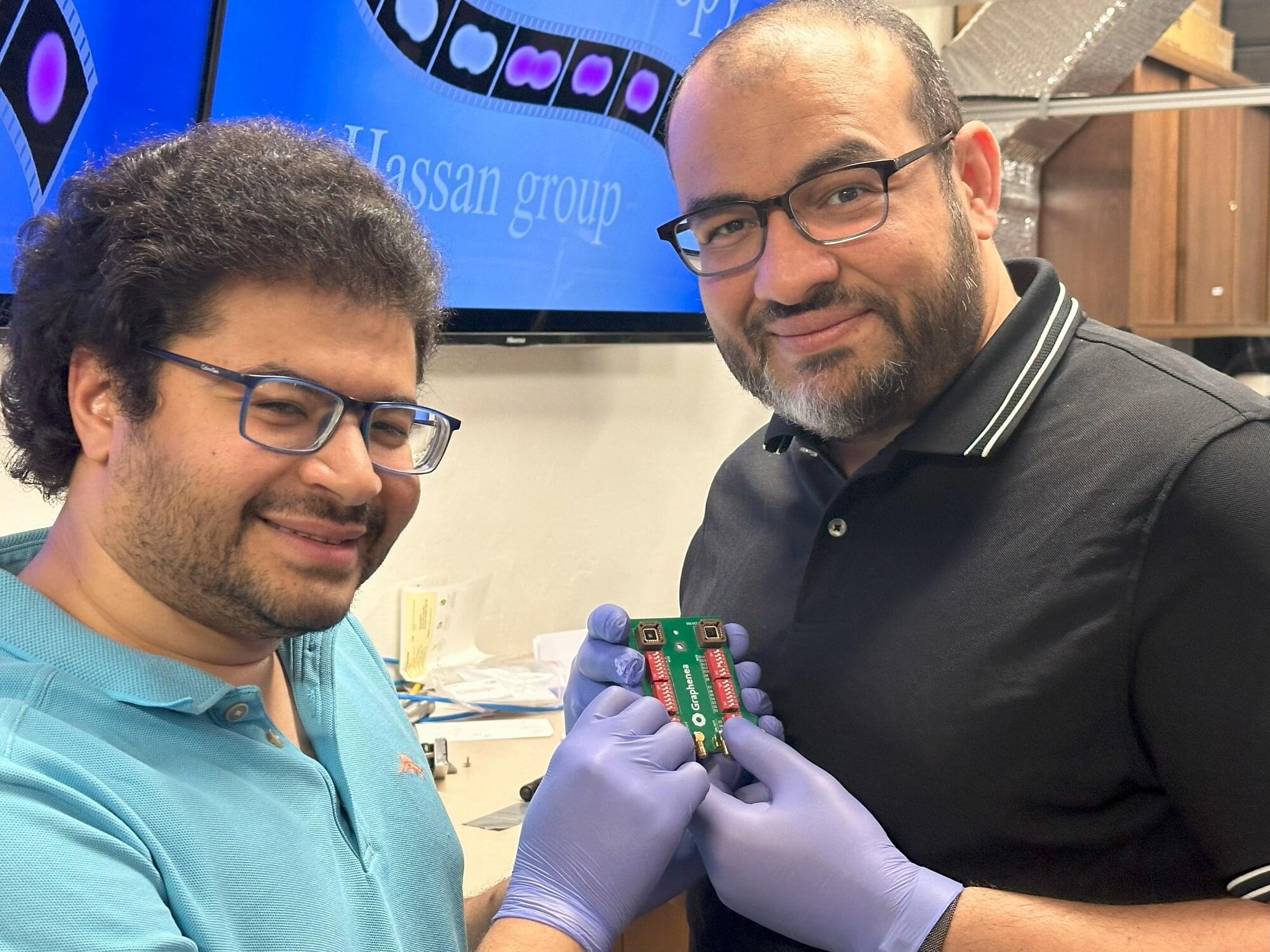What if ultrafast pulses of light could operate computers at speeds a million times faster than today’s best processors? A team of scientists, including researchers from the University of Arizona, are working to make that possible.
In an international effort, researchers from the Department of Physics in the College of Science and the James C. Wyant College of Optical Sciences have demonstrated a way to manipulate electrons in graphene using pulses of light that last less than a trillionth of a second. By leveraging a quantum effect known as tunneling, they recorded electrons bypassing a physical barrier almost instantaneously, a feat that redefines the potential limits of computer processing power.
A study published in Nature Communications highlights how the technique could lead to processing speeds in the petahertz range—over 1,000 times faster than modern computer chips.
